Well, I've been gone a few years from the board, and away from growing peppers, but looks like life is pushing me back that way again.
I recently (last month) closed on a 25 acre farm in Central Illinois with some primo soil, and I'm going to give a commercial grow a test run.
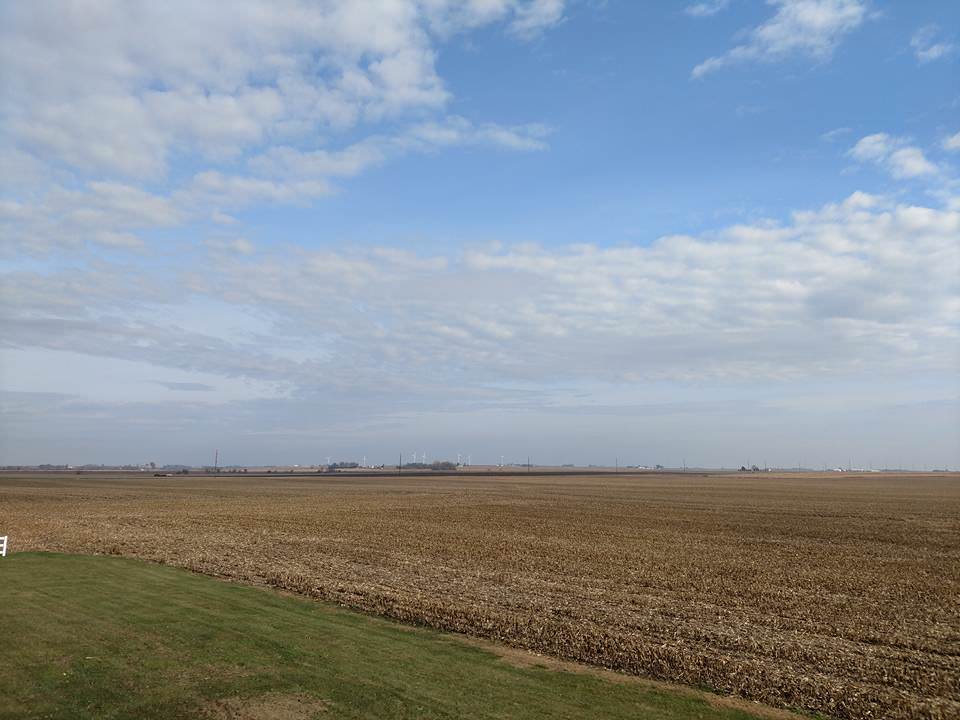
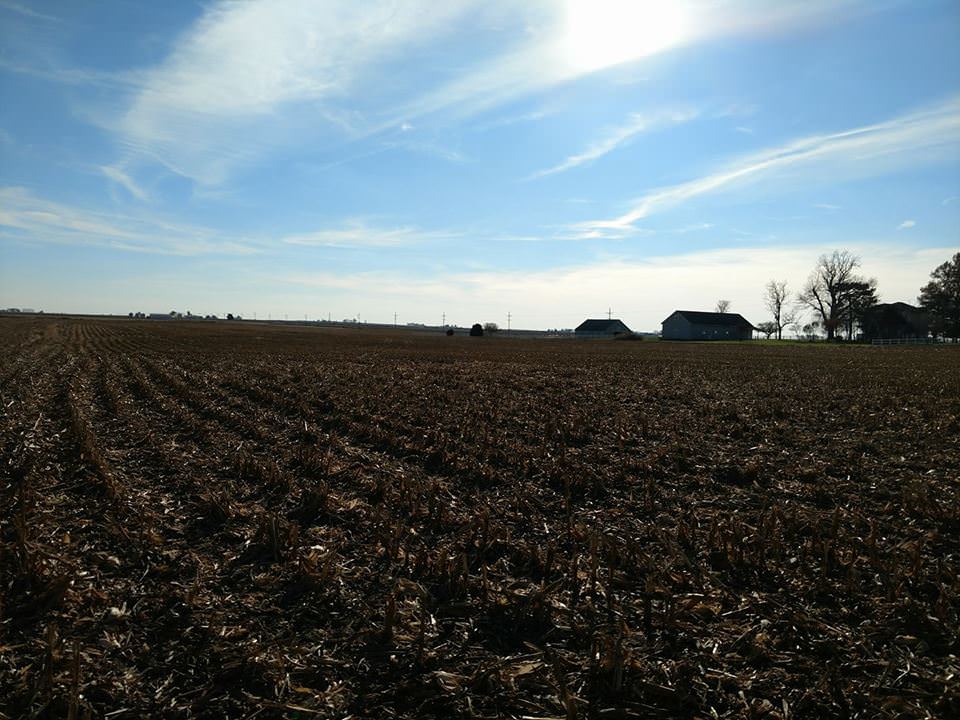
From up on the roof, when I was doing some roof repairs on the outbuildings. Not much as far as the eye can see, but cornfields...

Has a 4 stall garage and a horse stable on the property
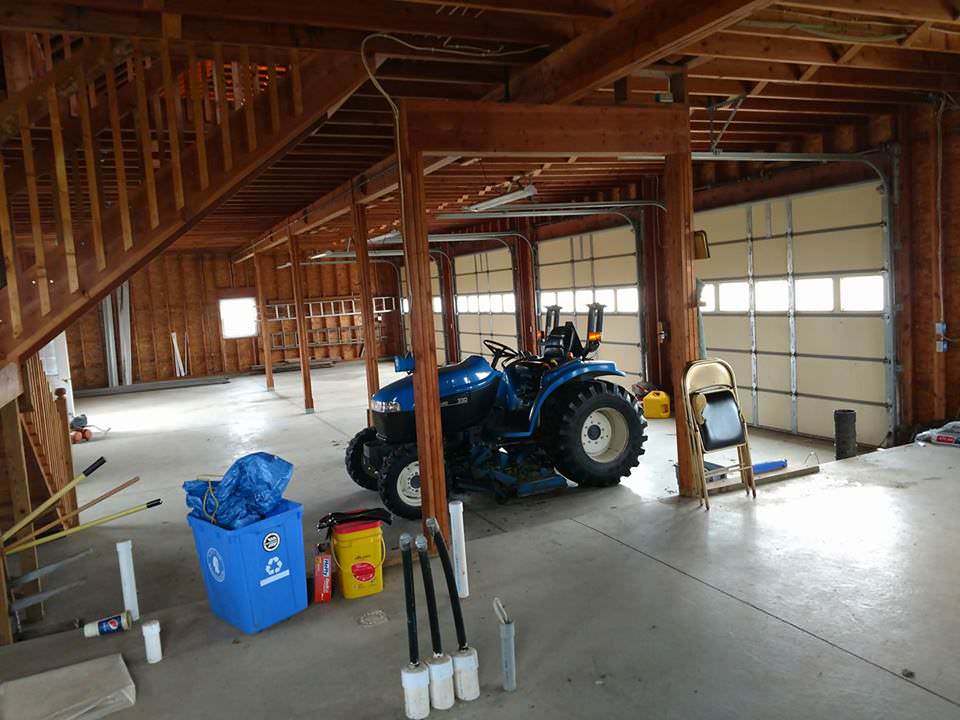
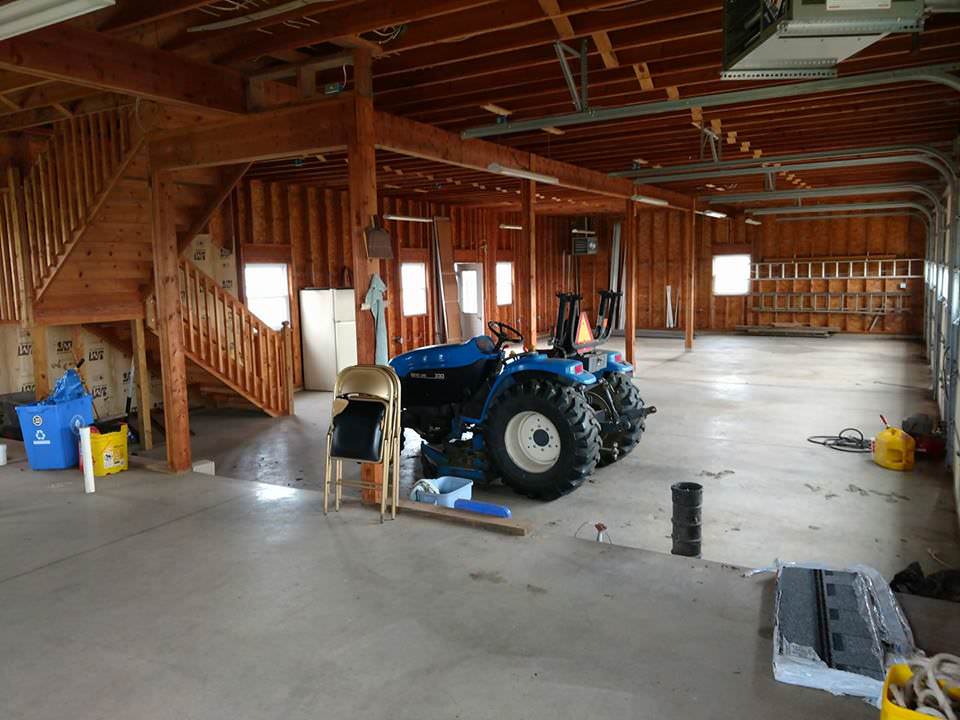
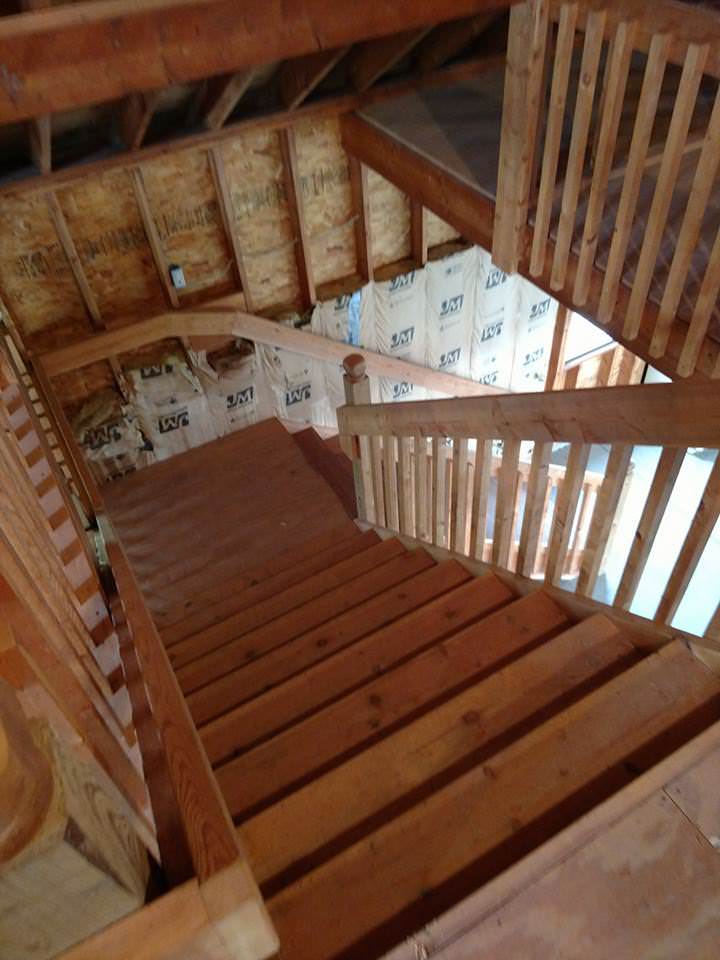
Probably do my grow room upstairs here after I insulate it
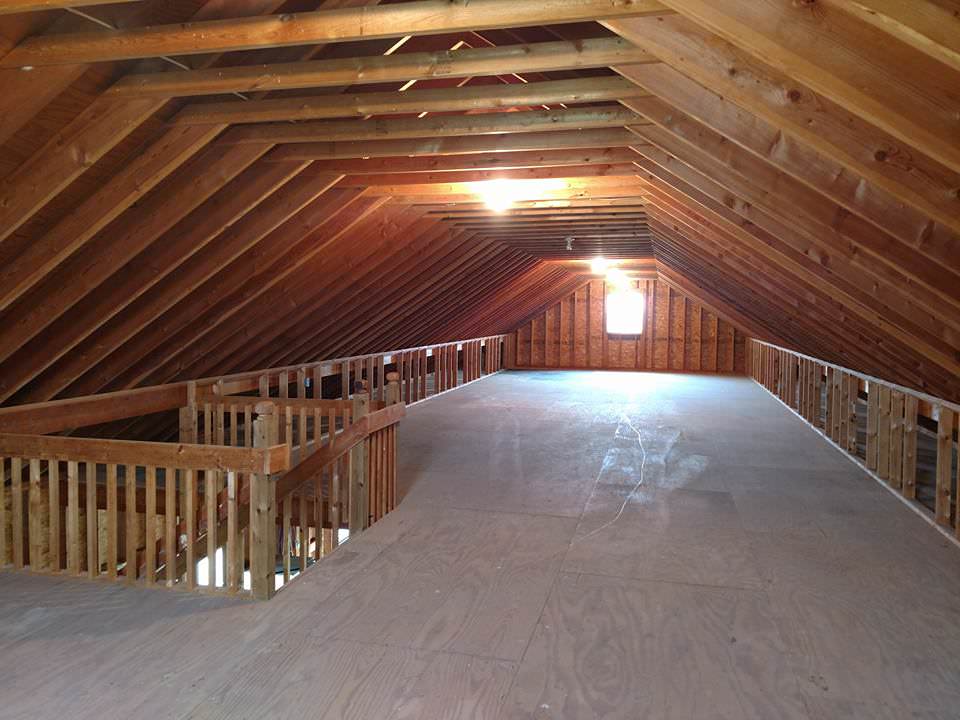
Built some doors for the horse barn and patched the roof last month
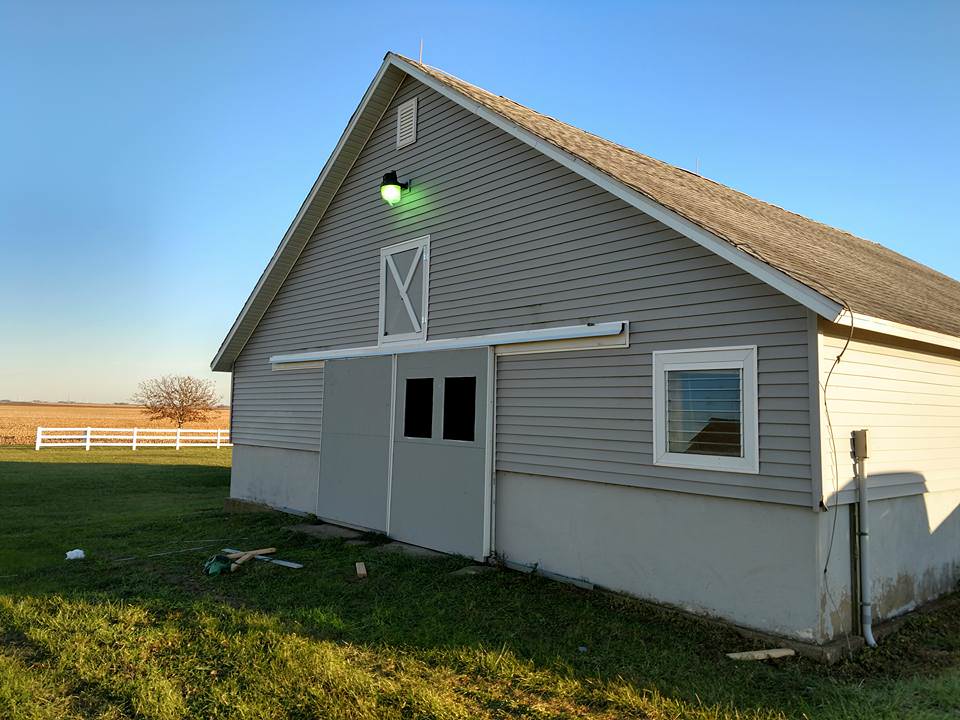
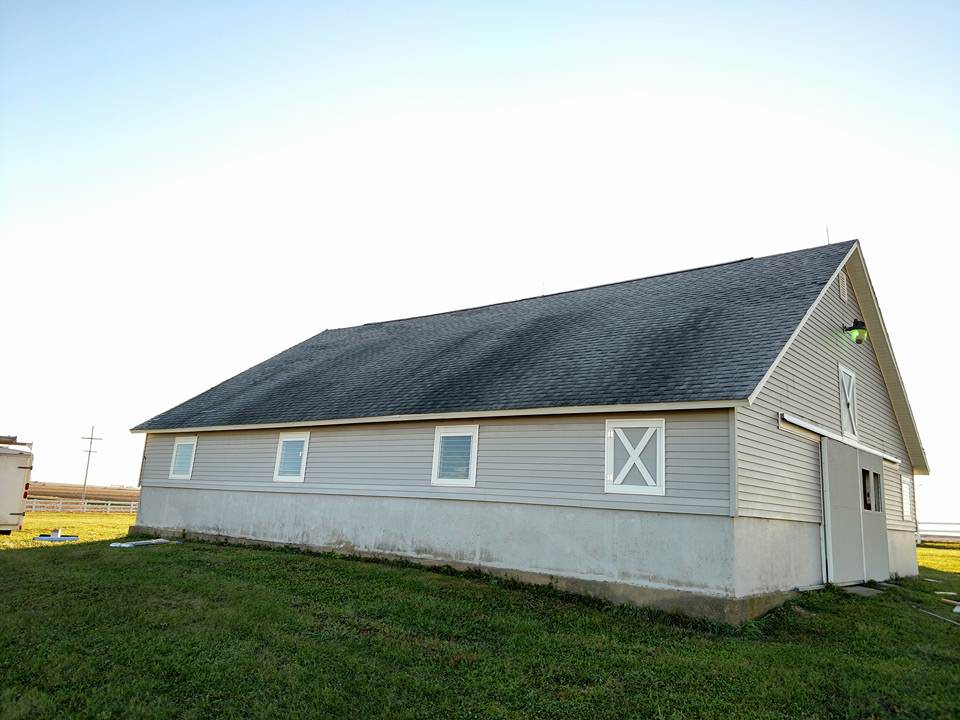
Anyway just dropped a cold grand on seeds from pepperlover and buckeye, going to hit a greenhouse supplier up for other materials next week.
Have plans to build a 30x72' greenhouse in the spring, and a ~1200 sq foot dedicated grow room. Too late really to help with this year's grow, but next year it'll save me a lot of hassle on hardening off.
The greenhouse, I am going to do a piped infloor heat slab, with a horizontal loop geothermal system (I own a mini excavator) that is solar powered. So heating should be nice, uniform, not create heat / cold bubbles, and not dry out plants like forced air would. I build circuit boards in my day job, so I will also build a microcontroller to handle the automated watering system with soil moisture monitors and actuated plumbing valves on the water supply.
Also plan on building a "deep winter" greenhouse for year round production. Got blueprints I made from a couple of years back, those are walled on three sides with heavy duty insulation, with the glass wall side angled to face winter solstice, so you can grow in the deep freeze months of the north. In the summer, those get hot enough to use as a natural dehydrator, replace the tables with racks for bulk drying.
Only doing a half acre or so of peppers to start with this year, the balance will be put in corn. I can't manage more than that with the labor I have available. (When you start talking thousands of plants, simple tasks like up-potting grow in to hundreds or thousands of man hours...)
Going to hire some local kids to help, school has a good ag co-op program for high schoolers, they can get school credit working on local farms. Since the plant out and harvest doesn't conflict too badly with corn, shouldn't have a problem finding labor around here.
Anyway, that's the plans.
We'll see how it goes.. er.. grows.
I recently (last month) closed on a 25 acre farm in Central Illinois with some primo soil, and I'm going to give a commercial grow a test run.


From up on the roof, when I was doing some roof repairs on the outbuildings. Not much as far as the eye can see, but cornfields...

Has a 4 stall garage and a horse stable on the property



Probably do my grow room upstairs here after I insulate it

Built some doors for the horse barn and patched the roof last month


Anyway just dropped a cold grand on seeds from pepperlover and buckeye, going to hit a greenhouse supplier up for other materials next week.
Have plans to build a 30x72' greenhouse in the spring, and a ~1200 sq foot dedicated grow room. Too late really to help with this year's grow, but next year it'll save me a lot of hassle on hardening off.
The greenhouse, I am going to do a piped infloor heat slab, with a horizontal loop geothermal system (I own a mini excavator) that is solar powered. So heating should be nice, uniform, not create heat / cold bubbles, and not dry out plants like forced air would. I build circuit boards in my day job, so I will also build a microcontroller to handle the automated watering system with soil moisture monitors and actuated plumbing valves on the water supply.
Also plan on building a "deep winter" greenhouse for year round production. Got blueprints I made from a couple of years back, those are walled on three sides with heavy duty insulation, with the glass wall side angled to face winter solstice, so you can grow in the deep freeze months of the north. In the summer, those get hot enough to use as a natural dehydrator, replace the tables with racks for bulk drying.
Only doing a half acre or so of peppers to start with this year, the balance will be put in corn. I can't manage more than that with the labor I have available. (When you start talking thousands of plants, simple tasks like up-potting grow in to hundreds or thousands of man hours...)
Going to hire some local kids to help, school has a good ag co-op program for high schoolers, they can get school credit working on local farms. Since the plant out and harvest doesn't conflict too badly with corn, shouldn't have a problem finding labor around here.
Anyway, that's the plans.
We'll see how it goes.. er.. grows.





